What actually is a city? Why do we live together in such confined spaces? How will we interact in future? How will megacities deal with the challenges of public health, climate change and mobility? What will be the role of small and medium-sized cities? All these unknowns are up for discussion today and herald a paradigm shift in which technology will play a decisive role. Starting with 5G, a gateway to the future that will help redefine urban life.
Cities, a model of human organisation dating back to 3000 BC, face the great challenge of simultaneously tackling multiple changes in order to be sustainable, smart and human. Sixty-six percent of the world’s population will be living in metropolitan areas by 2050. As major players of the 21st century, cities will have to reinvent the functioning of urban services, the management of public space, and the security and mobility of hundreds of thousands of people. To be more resilient and adapt to climate change and new social dynamics, they will need to synchronise many public and private players to become efficient providers for their customers, the citizens.
The Smart City concept, which emerged at the beginning of this century in the minds of the Tech Giants, refers to cities that use the potential of technology and innovation, together with other resources, to promote more efficient sustainable development and improve the quality of life of their inhabitants. Information is the new golden thread that enables this miracle to work. To achieve this, we need to receive and process in real time the data on what is happening every moment, so that we can react instantly and adapt services to new needs.
Mini antennas in street furniture
The key to this new operation is permanent connectivity that requires operators to roll out new networks made up of micro-antennas, blending in with the environment and located in street furniture, to meet the demand for coverage, especially in places where there is a high concentration of people, such as shopping centres, sports stadiums or public transport.
They have to manage a never-ending flow of data. 5G technology expands network capacity by dividing coverage into much smaller areas, with a very low-power antenna in each area. Each antenna serves very few users, offering them a very high data rate (with fewer users to share it), at very low power (equivalent to a whisper), thereby minimising interference with other nearby areas.
Denser 5G communication networks in the city enable people to access content, applications and value-added services with minimal latency (response time). Applications in fields such as consumption of goods and services, leisure, tourism and the relations between citizens and government will be significantly improved by the introduction of 5G. We will see new forms of security and response to emergencies, self-driving vehicles to meet demand for mobility, new shopping experiences and immersive visualisations that will transform our knowledge of the city. We will experience the urban fabric in a new way.
5G technology will foster the development of highly energy-efficient solutions, which reduce the impact of mobile communications on the carbon footprint and global warming. The goal is to reduce the equipment’s electricity consumption by 10%. 5G can also help take better care of the planet by digitising activities such as separated waste collection in cities. We may get smart containers that recognise and sort the various types of plastic or glass and can identify the person disposing of them by face recognition. Quite a leap forward.
Restoring regional balance and bridging the digital divide
Moreover, the fifth generation of mobile technology will not only enable the transformation of large cities, but will also help to restore a balance between urban areas, small and medium-sized cities and rural areas. In other words, it will bridge the “digital divide”, between inhabitants of major centres with many services and those who live in areas of low population density and poor access to education, health or financial services, for instance.
5G will make it possible to expand high-speed broadband coverage in rural and isolated areas, helping to revitalise farming and local industry, and providing applications and services to the general public. A powerful tool for restoring regional balance, countering depopulation problems and creating a new network of cities of all sizes, where the important thing is to share knowledge and improve the quality of life.

